Click here for details and purchase information on Eden Monroe's BWL Author Page
Bulls
have long held a thrilling fascination for mankind.
It’s
believed that bulls were once part of the ancient Olympic Games, programs that included
wrestlers carrying live bulls around the stadium on their shoulders. Bull leaping was a specialty of the ancient Minoans
of Crete.
In
the 16th century, what would become rodeo as we know it today was
putting down roots on Mexican haciendas, where equestrian events called
charreadas were hosted, and an integral part of those charreadas was bull
riding (jaripeo). Jaripeo was once part of bull fighting and unbelievably, riders
would actually ride the bull to death during that event! Eventually that
changed to the animal being ridden only until it stopped bucking.
During
the 1850’s, the old charreada-style competitions were still very much alive and
had expanded to areas of the US southwest. And to change things up a little, steer
riding became a fad in the wild west shows of that era. Not only were steers much
easier to ride, they were less difficult to handle while transporting them between
venues.
It
was in 1936 that rodeo cowboys organized themselves and established a
standardized set of rules. The result was the Cowboy’s Turtle Association and
it not only raised the profile of rodeo itself, but also bull riding. Nineteen
forty-five saw that name change to Rodeo Cowboy’s Association, and in 1975 it
became the PRCA (Professional Rodeo Cowboy’s Association). Then in 1992 bull
riders created their own exclusive organization and governing rules: Professional
Bull Riders (PBR), although bull riding is still one of the PRCA’s sanctioned
events.
Called the most dangerous eight
seconds in sport and often with big bucks up for grabs, bull riding continues
to soar in popularity. Forbes.com calls professional bull riding the “fastest
growing sport in America,” but in fact it’s now a worldwide phenomenon (rules
and histories vary). Canada and Mexico are at the top of that international
list, but there’s also bull riding competition in Belize, The Dominican
Republic, the Philippines, Japan and France, among the twenty-six other
countries.
In
the romantic suspense novel Sidelined, rodeo cowboy Tate McQuaid is a world
champion bull rider, tough, sexy and daring. Always keen to best the rankest
bulls on the circuit, nothing gets his adrenalin pumping like dynamite on four
hooves, where the odds can shift in a heartbeat:
“After
what seemed like far too long the loud buzzer sounded, indicating the
completion of the mandatory eight-second ride and Tate was about to make his
signature flying dismount when his right spur caught high in the flat braided
bull rope tied around the bull’s belly. Thrown off balance, Tate was slammed
into the arena dirt, now in the dangerous situation of being hung up as the bullfighters
fought to cut him loose from the animal. And then in a sickening twist, Tate
was slung forward, his head colliding with force against one of Gunpowder’s
huge horns. At last he was cut free of the rope, but lay where he’d fallen, not
moving.”

It’s
not just the riders (both cowboys and cowgirls) who are in the spotlight, the bulls
themselves are also rodeo stars. These bovine athletes are chosen for their
strength, health, overall agility and age, and they are judged for their
performance, power, speed, back leg kicks and front end drops; the harder the
ride the higher the score. Even if the rider doesn’t make the full eight
seconds, the bull will still be scored on his performance and that will affect
his ability to make it to the finals. Consistently high scores just might earn him
the title of bucking bull of the year.
Another
integral part of the sport is bullfighters. In some rodeos or in other
countries, protection and humour are combined in the rodeo clown, including the
barrel man. No matter the title though,
they are agile athletes in their own right and routinely put themselves in
harm’s way in the arena to come to the aid of the rider should help be needed. This
work is now considered an art form and audiences enjoy the opportunity to see
them showcase their skills. Nothing short of astonishing, their acrobatics
are a definite throwback to the ancient Minoans. At the heart of it all though,
the bullfighter’s job is to keep the bull from harming the rider; to distract the
animal at the end of the ride so the rider can make a safe exit. Riders owe
their life and wellbeing to these skilled rodeo protection athletes.
Aside
from the safety of the rider, including protective glove, vest, helmet and mask,
there is also the welfare of the rodeo animals, in this case, bulls. Some
question the purpose of the flank strap. Americancowboy.com explains that the strap
tied around the bull’s flank during the ride “… is a soft cotton rope at least
5/8” in diameter and is used without extra padding like sheepskin or neoprene.
Contrary to popular belief, the flank strap is not tied around the bull’s
testicles. This rope is to encourage the bull to use his hind legs more in a
bucking motion, as this is the true test of a rider’s skill in maintaining the
ride. If it is applied improperly a rider may request to ride again, as the
bull will not buck well if the flank strap is too tight….”
Spurs
are also controversial, although there are strict regulations today for both
the type of spur used and how they’re used. It should be pointed out that spurs
are used in several equestrian disciplines, not just rodeo.
The
treatment of rodeo bulls was what reporter Parla Jankins tackled Sidelined’s Tate
McQuaid about during a print media interview. More specifically, what makes bulls
want to buck:
“Rodeo bulls are bred to buck, they’re doing
it on instinct,” Tate explained.
Parla
laughed derisively. “On instinct.”
“Yes,
on instinct, survival by tossing off predators if you go back far enough. We’re
talking Texas Longhorns and Brahman cattle, but nowadays it’s their breeding.
Rodeo bulls are bred to be aggressive and they have a lot of training on them
before they ever see professional competition.
“The
American Bucking Bull is an actual breed and is the result of an elite breeding
program. Rodeo bulls have only one ride a night and that’s it. Then it’s back
to their water and feed. Those bulls are treated well because they’re worth a
lot of money and there’s always a vet on hand or on call in case of a
problem. Even their transportation is
topnotch. Our bulls are treated like kings.”
“Like
kings,” she said, again heavy on the
sarcasm, as though still hoping to trip him up.
“Yes,
like kings. They’re only allowed to travel so many hours a day in air-ride
suspension trailers on thick bedding and they’re given plenty of rest. Their
hay is the very highest quality; they get nutritional supplements and vitamins
if necessary and some even have chiropractic and acupuncture care….”
“And when bulls retire from competition?”
“They
get busy siring more bucking babies.”
“So
the bulls have a pretty good life is what you’re telling me?”
“A
pretty good life for a bull.”
“A
pretty good life for a bull,” she repeated. “How do you suppose they feel about
having sharp spurs jabbed into them by cowboys using them to further their own
gain? I suppose you’ll say that’s humane too.”
He
sighed. “We do wear spurs because it helps riders get a grip on the animal, but
the spur rowels are required to be dull and they don’t scratch the animal.”
“I
fail to see how it couldn’t cut them if you’re doing it hard enough to get a
grip.”
“It
does not cut them because a bull’s skin is super thick compared to a human’s.
We don’t beat the bull up, it’s the other way around….”
Rodeo,
both past and present, is a huge subject, and this is only a very brief
snapshot. With massive respect to all rodeo athletes, professional bull riding is
in a class all by itself, according to shockmansion.com:
“The
Toughest Sport on Dirt: Bull riders are
the rodeo’s rock stars. Modern day gladiators, challenging 2,000 pound beasts
until one of them wins!”





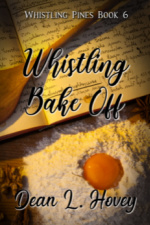

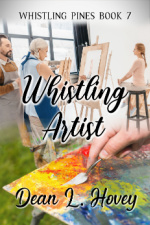


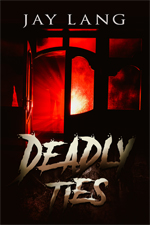






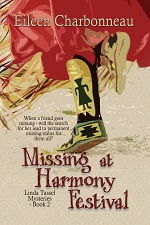


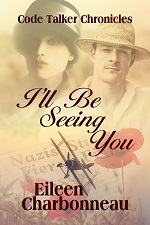


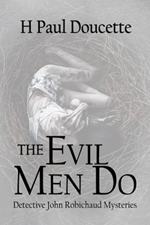
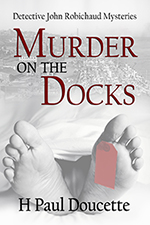
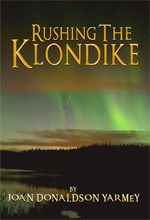
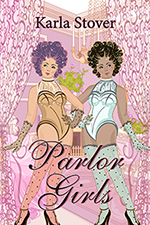

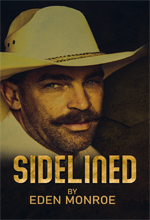


.jpg)










